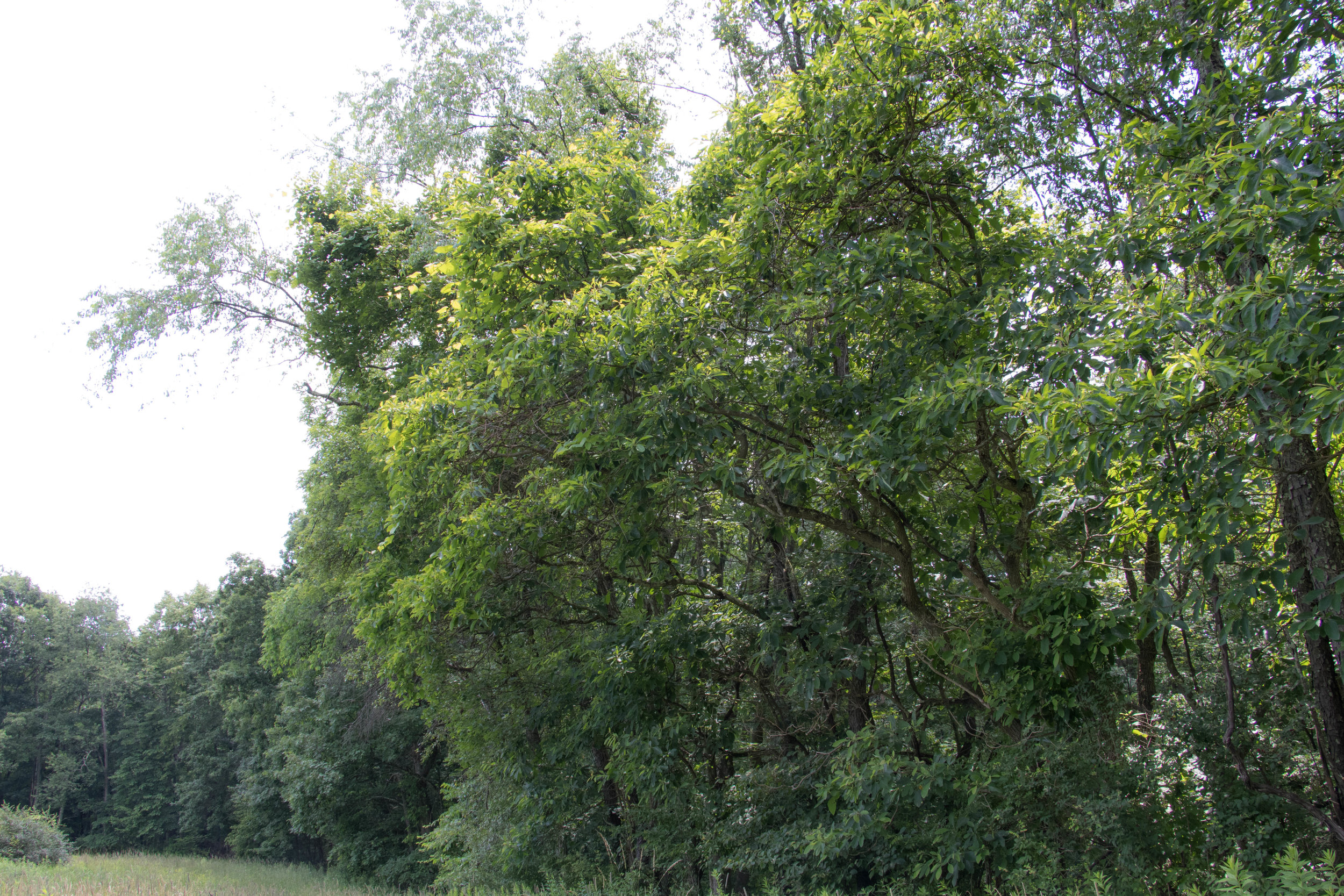Sassafras Tea
Sassafras (Sassafras albidum) is a fairly common tree that grows from east Texas to southern Maine. It is easily identified by the three distinct shapes of the leaves. The leaves will either be in the shape of an oval, mitten, or 3-lobed. The unmistakable “spicy” or “root beer” smell of a freshly broken branch is another unmistakable characteristic. It’s often enjoyable to snap off a sprig of Sassafras and chew it while trekking through the green canopy of the eastern U.S.


Sassafras was used by both Native Americans and European Settlers alike. The roots were harvested and boiled to create an aromatic tea. This tea was historically used as a medicinal tonic that could “purify the blood” and treat such ailments as fever and rheumatism (Hall 103). At one point, sassafras was such a popular tea, as well as the flavoring for the original root beer, that it became the second largest colonial export, behind tobacco (Reader’s Digest Association 293).
Please note, the “root beer” smell and taste of sassafras comes from the molecule safrole. This molecule is present in a variety of spices such as nutmeg, anise, black pepper, and cinnamon. In 1960, the FDA found that safrole was carcinogenic and banned the use of sassafras in all food (Dietz and Bolton). Like most things, including the above mentioned spices, sassafras tea is best enjoyed in moderation. The sweet spicy aroma and flavor of the tea is quite enjoyable.
Follow the steps below to prepare and enjoy a cup of sassafras tea.
1) Find a young sassafras sapling to harvest.
2) Carefully dig around the young tree in order to harvest the root.
3) Harvest as much of the root as possible
4) Wash and scrub the roots with fresh water. Remove all the dirt and mud.
5) Use a knife and scrape the outer layer of bark from the hard pulpy wood.
6) Place the root shavings in a tea ball or cheese cloth and boil until the liquid turns red. This should only take a couple of minutes.
7) Enjoy your aromatic sassafras tea! Multiple batches of tea can be brewed from the same root shavings.
Sources Cited:
Hall, Alan. The Wild Food Trailguide. Canada: Holt, Rinehart and Winston, 1973
Dwyer, James, David Rattray eds. Reader’s Digest: Magic and Medicine of Plants. New York: Reader’s Digest Association, Inc, 1986
Dietz, Birgit and Judy L. Bolton. Botanical Dietary Supplements Gone Bad. Chem Res Toxicol, 2007. 10 Jul. 2017 < https://www.ncbi.nlm.nih.gov/pmc/articles/PMC2504026/>








